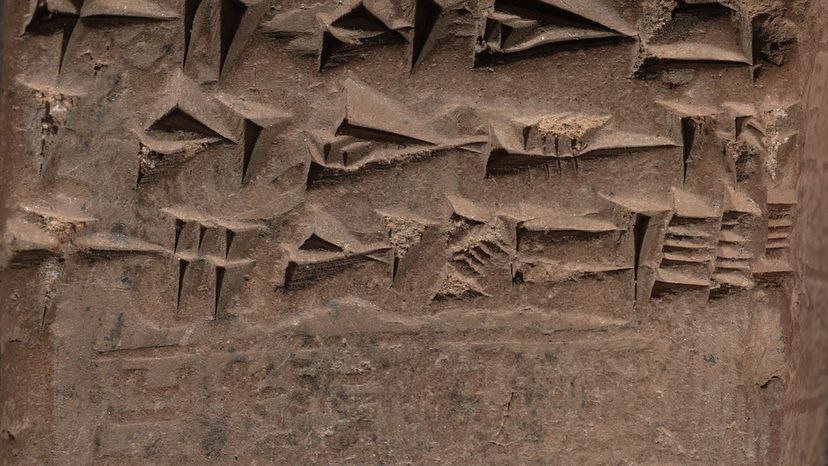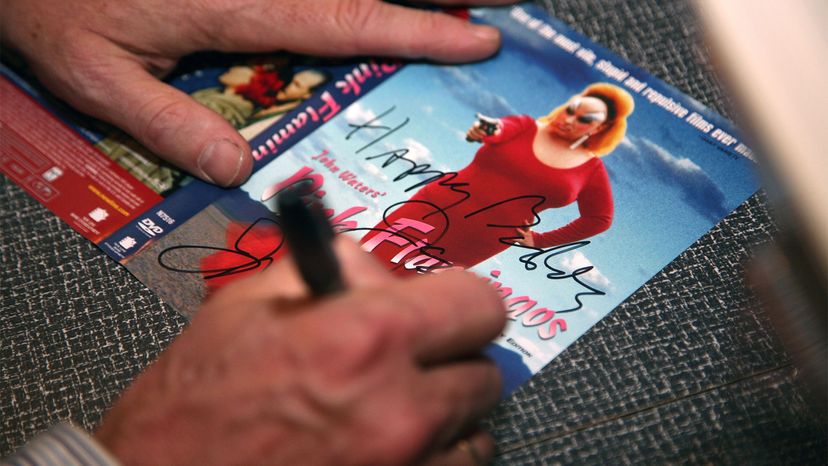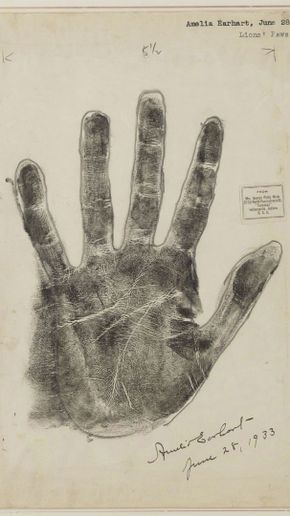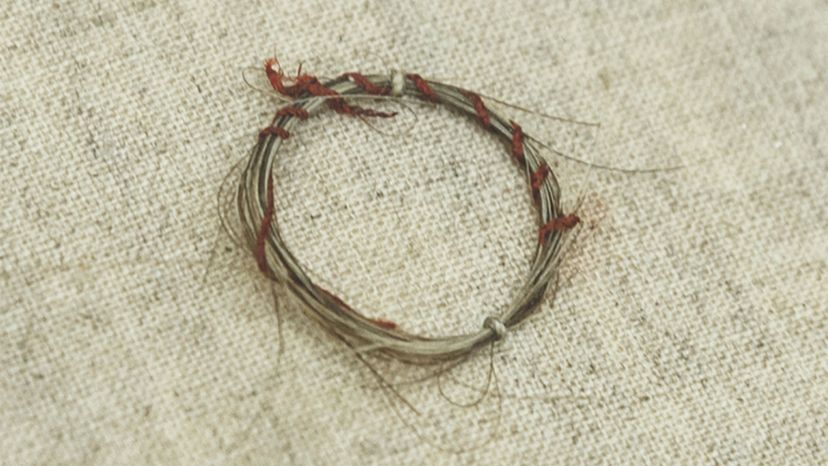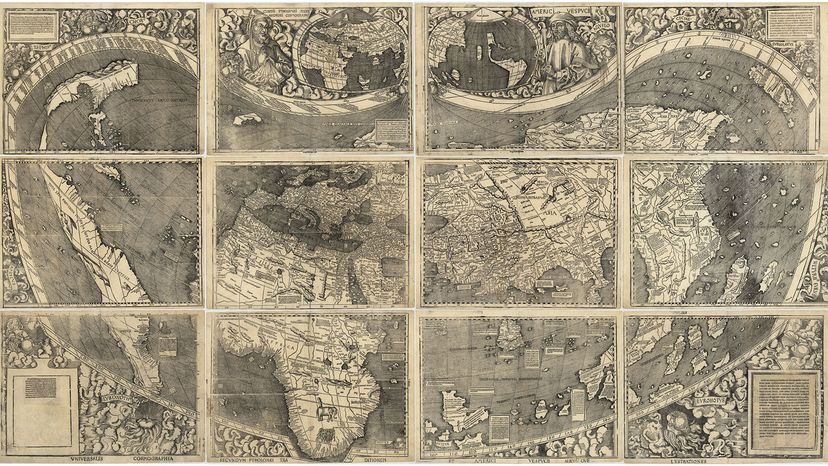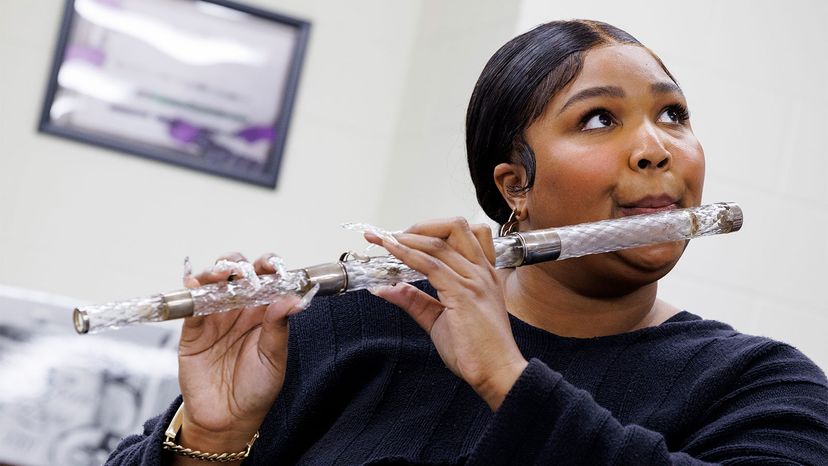
The world watched as, at the behest of the Library of Congress, singer, rapper and classically trained flutist Lizzo played a crystal flute once owned by President James Madison at a concert in Washington, D.C., Sept. 26, 2022. Some people then thought: "Wait a minute, I thought the Library of Congress held books and important papers, not things like crystal flutes."
Well, true enough, the Library of Congress (LOC) in Washington, D.C., is the largest library in the world and holds more than 51 million cataloged books and other print materials in 470 languages. The original library was housed in the U.S. Capitol building, but its 3,000 volumes were burned by British troops, along with pretty much every other government building in Washington, during the War of 1812. Three years later, the LOC bought Thomas Jefferson's collection of almost 6,500 books, and it's been growing ever since. The library has amassed over 173 million items, all stored on its 838 miles (1,349 kilometers) of shelves. Here is a sample of just eight of the fascinating objects to be found there.
Advertisement

